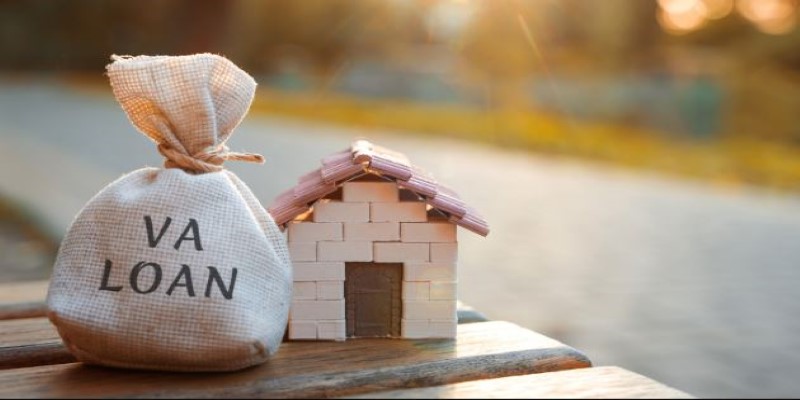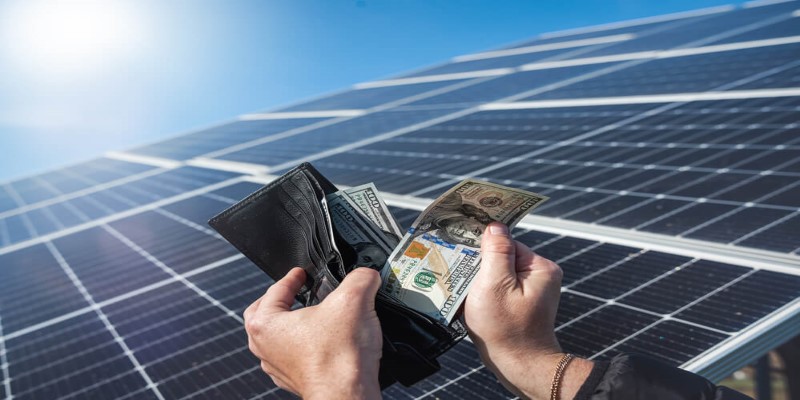Not every veteran wants to buy a home that has already been built. Some have a vision—a plot of land, a dream layout, and the desire to build something from scratch that’s truly theirs. That’s where a VA construction loan comes in. While not as commonly discussed as standard VA loans for home purchases, this option allows eligible service members to finance the building of a new home while still enjoying the key benefits offered by the VA loan program. It's a pathway that requires more steps, but for many, it's the most rewarding route to homeownership.
Understanding VA Construction Loans
A VA construction loan allows qualified veterans, active-duty members, and certain surviving spouses to finance the construction of a new home using their VA loan benefit. Unlike standard VA loans designed for existing homes, construction loans are structured to fund each stage of the building process—from foundation to finish.
Although the Department of Veterans Affairs insures part of the loan, private lenders actually provide funding. The VA guarantee is less risky for lenders and sometimes translates to good news for borrowers, including no down payment, no private mortgage insurance (PMI), and low interest rates. Because construction lending is complex, however, not all lenders offer VA construction loans, which can make them less accessible.
A key feature of these loans is the “draw” system. Instead of receiving the entire loan amount upfront, funds are disbursed in stages as construction progresses. Each draw corresponds to a specific milestone, such as completing the foundation or roofing, and is typically approved following a site inspection. This structure ensures the funds are used appropriately and helps keep construction on track.
The loan can also cover the cost of land, permits, materials, labor, and other essentials involved in the building process. However, the entire plan must meet VA standards, including minimum property requirements that ensure the home will be safe, sound, and sanitary upon completion.
Navigating the Process Step-by-Step
Getting a VA construction loan starts with confirming eligibility by securing a Certificate of Eligibility (COE). This document proves your service history qualifies you for the VA loan program. From there, the most important step is identifying a lender that offers VA construction loans. Since many lenders only focus on VA purchase loans, this may take time and research.

Once you’ve found a participating lender, the next step is assembling your building team. The VA requires that your builder be registered and approved through its system. Your lender can help confirm that your chosen contractor qualifies. At this stage, you’ll also need to submit detailed construction plans and a breakdown of projected costs.
Unlike a typical appraisal, which measures the value of an existing home, construction loans use a "subject-to-completion" appraisal. This is based on the expected value of the finished home, which is crucial in determining how much the lender is willing to finance.
After everything checks out, the loan can be closed, and construction can begin. As work progresses, your lender will release funds in stages after inspections verify the completion of each phase. In many cases, borrowers make interest-only payments during the construction period. Once construction is complete, the loan typically converts into a standard VA mortgage through a "one-time close" process. This single closing simplifies the transition from construction loans to permanent financing and helps reduce fees and paperwork.
Borrowers should be aware that during the build, they’ll need a place to live. The cost of temporary housing isn't included in the loan, so budgeting for that is necessary.
Benefits and Challenges of VA Construction Loans
The biggest appeal of a VA construction loan lies in its combination of flexibility and veteran-friendly terms. Financing up to 100% of the building without a down payment makes home construction more accessible. On top of that, skipping PMI and benefiting from low interest rates keeps monthly costs lower than many conventional loans.

Beyond the numbers, the ability to fully design a home to suit your family’s needs is a powerful draw. For those who can’t find the right house in today’s market—or who want to avoid bidding wars and outdated floor plans—building can be a smarter choice long-term.
Still, the process comes with real challenges. Finding a lender that offers VA construction loans remains the most significant obstacle. Even among those who do, loan terms and availability can vary widely based on location and lender policies. This makes early research, careful budgeting, and thorough planning absolutely critical.
Another hurdle is coordinating with a VA-approved builder who’s familiar with the process. Builders must work within the VA’s inspection schedules and payment timelines, which can be more rigid than private construction financing. Borrowers also need to be highly involved—reviewing progress, approving inspections, handling paperwork, managing communication, and staying on schedule.
Construction delays, changes in material costs, or weather interruptions can throw off even the most carefully planned timeline. While the loan can accommodate some of these issues, the borrower still needs patience and flexibility throughout the project to manage unexpected challenges effectively.
Conclusion
A VA construction loan is more than just financing—it's a practical option for veterans who want a home suited to their lives. While the process involves more steps than buying an existing house, the benefits are strong: no down payment, no PMI, and the ability to design every square foot to fit your needs. It requires more effort, patience, and a bit more work. But the result—a custom-built home with favorable terms—is a solid reward for those willing to go the extra mile. If you're a veteran with a vision and ready for a longer process, a VA construction loan could be the key to building the home you've imagined.












